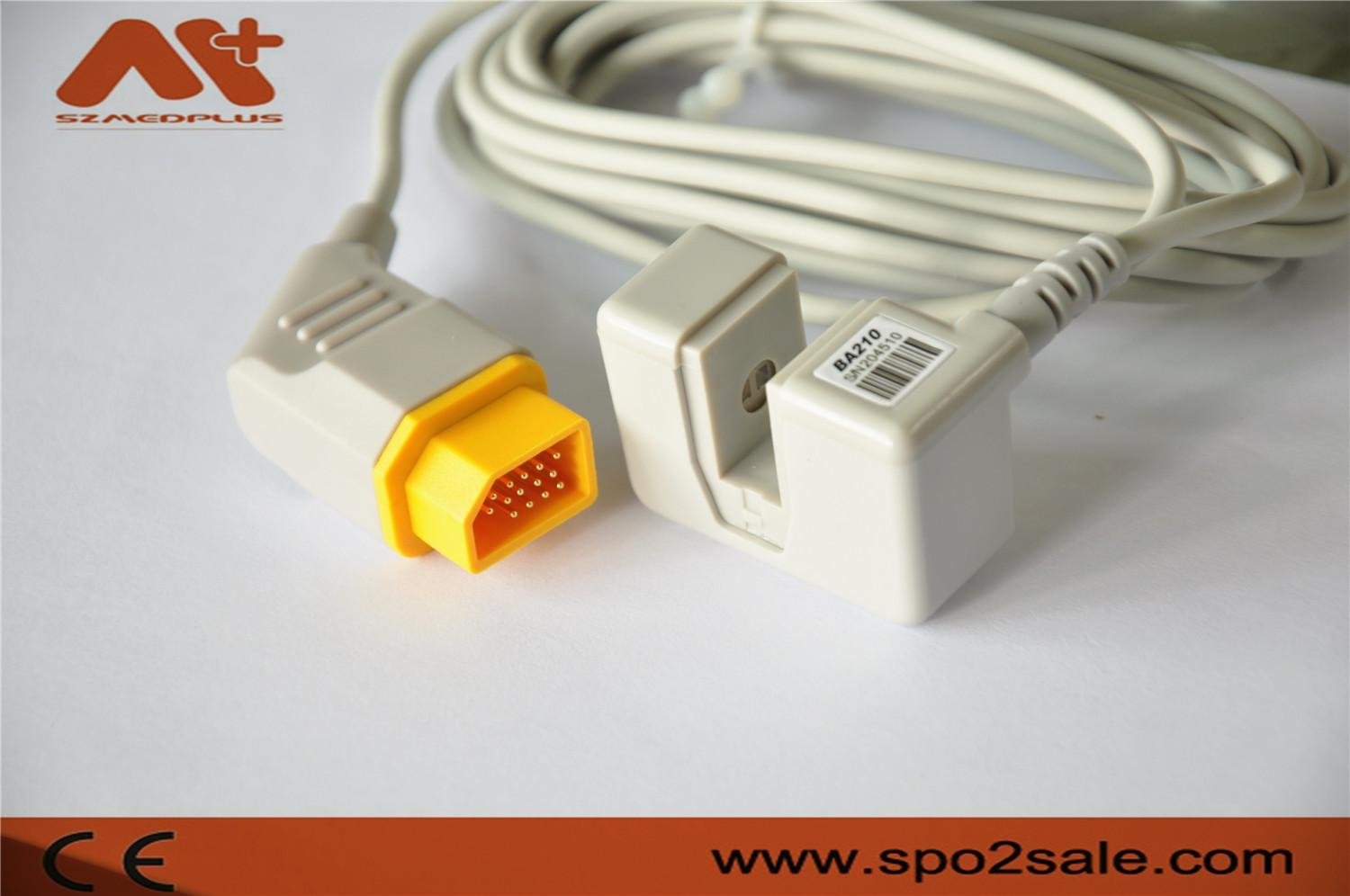End-tidal CO2 concentration or partial pressure (ETCO2) monitoring can reflect lung ventilation, as well as pulmonary blood flow. When there is no obvious cardiopulmonary disease and the V/Q ratio is normal. ETCO2 can reflect PaCO2 (arterial blood carbon dioxide). Normal ETCO2 is 5% which is equivalent to 5KPa (38mmHg).
1. The safe application of anesthesia machine and ventilator.
2. Various types of respiratory insufficiency.
3. Cardiopulmonary resuscitation.
4. Severe shock.
5. Heart failure and pulmonary infarction.
6. Determine the position of the endotracheal tube in general anesthesia.
Clinical evaluation When using a ventilator and anesthesia, adjust the ventilation volume according to the ETCO2 measurement to keep the ETCO2 close to the preoperative level. Monitoring and its waveform can also determine whether the tracheal tube is in the airway. For those who are undergoing mechanical ventilation, such as air leakage, catheter twisting, tracheal obstruction, etc., the ETCO2 number and shape change and alarm can be immediately detected and handled in time. Continuous monitoring provides a basis for safe evacuation of mechanical ventilation. However, malignant hyperthermia, elevated body temperature, and a large amount of intravenous injection of NaHCO3 can increase CO2 production, increase ETCO2, and increase the amplitude. In shock, cardiac arrest, and pulmonary air embolism or thrombotic infarction, reduction of pulmonary blood flow can make CO2 depth drop rapidly To zero. ETCO2 also helps to judge the effectiveness of cardiopulmonary resuscitation. If ETCO2 is too low, factors such as hyperventilation should be ruled out.

